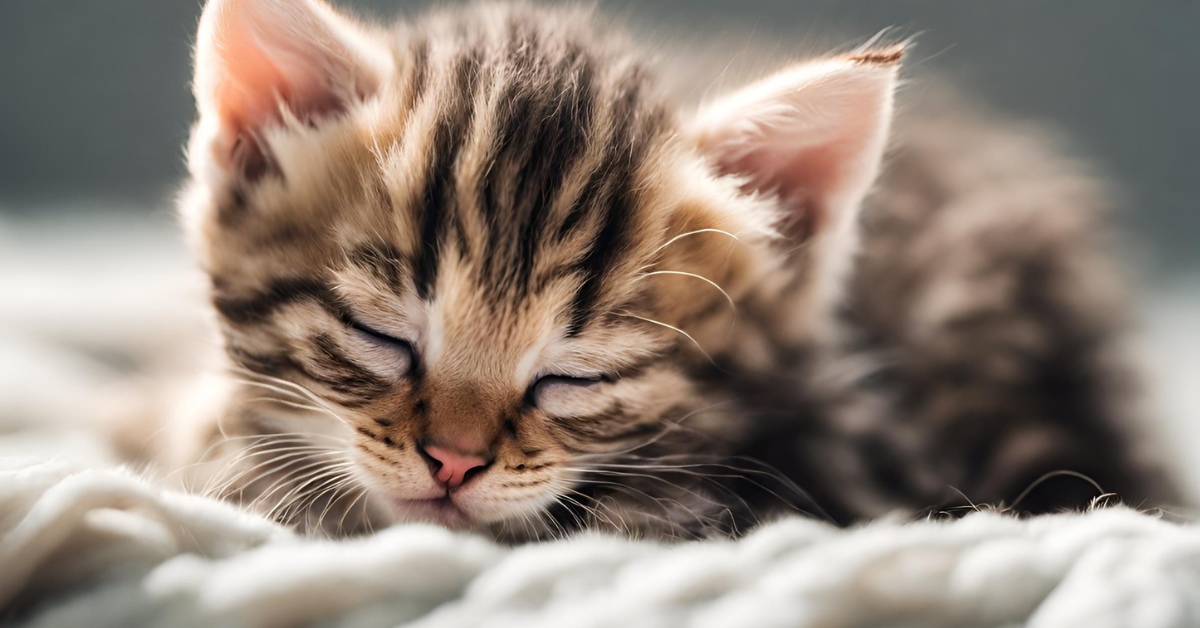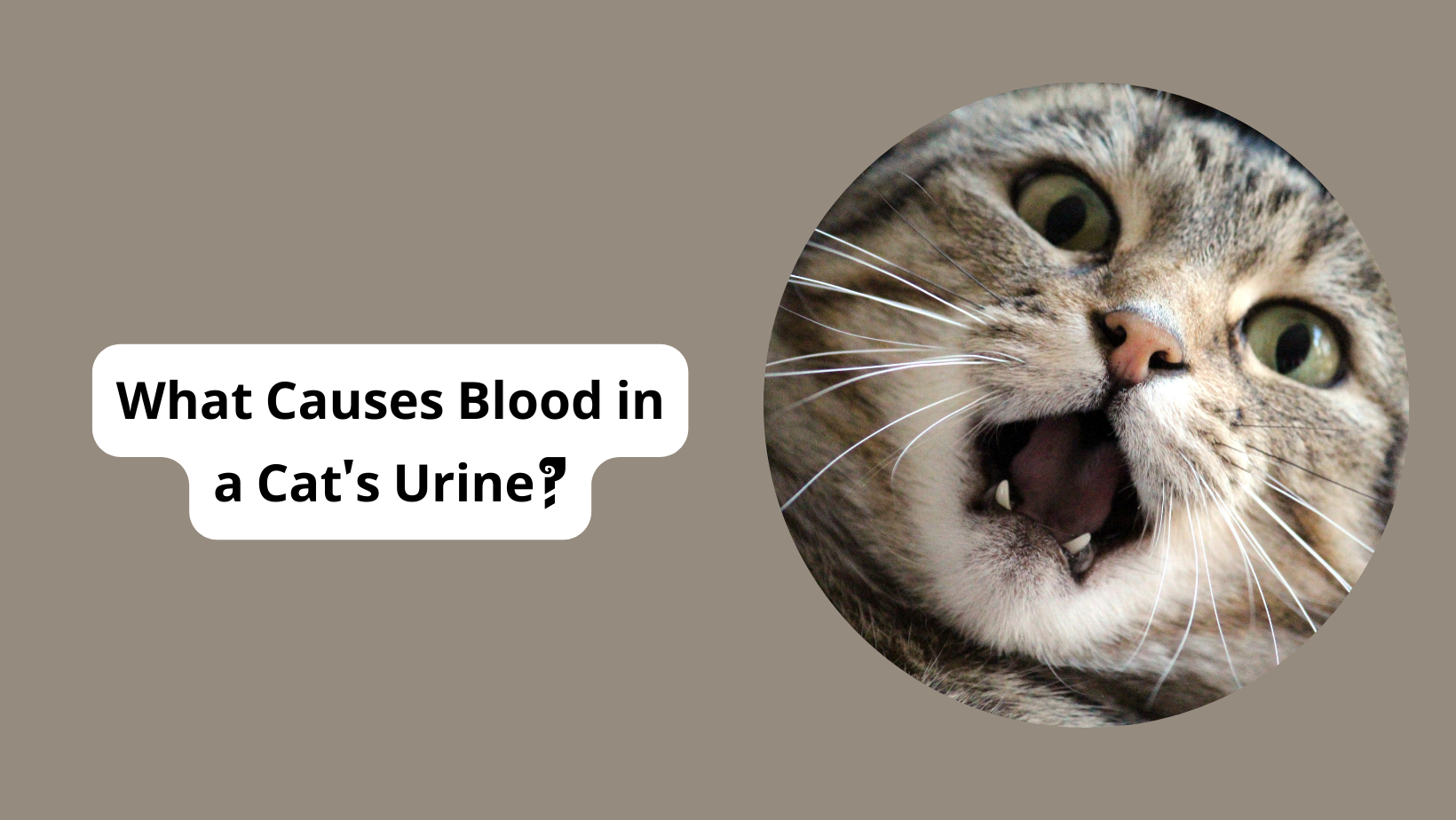Rhinotracheitis in cats is a respiratory illness. The virus responsible for this disease is feline herpesvirus 1 (FHV-1), which is spread through a cat’s mucus and saliva. In the 1940s, there was the first recorded case of feline rhinotracheitis. Since then, issues of the illness have been documented in felines all over the globe. Kittens, senior cats, and cats in crowded conditions (like shelters or multi-cat households) are at the most significant risk.
Symptoms
Symptoms of feline rhinotracheitis include nasal discharge, sneezing, coughing, fever, and eye discharge. A severe infection can cause pneumonia and other complications. Other symptoms include a lack of appetite, exhaustion, and difficulty breathing. If you notice any of these symptoms in your cat, don’t hesitate to schedule an appointment with your vet.
Feline rhinotracheitis: Possible Roots and Consequences
When cats get feline rhinotracheitis, the culprit is usually feline herpesvirus-1 (FHV-1). The nasal and oral secretions of infected individuals are the most effective means of transmission of this virus’s rapid spread. Feline rhinotracheitis is a potential illness for FHV-1-positive cats, especially those with compromised immune systems or that have been through a stressful situation. The likelihood of infection and disease severity in kittens and senior cats is higher. Cats are more susceptible to illness when confined in small spaces, such as shelters or homes with multiple cats.
Some potential complications of feline rhinotracheitis depend on the severity of the infection and the cat’s general health.
Pneumonia. Inflammation and swelling of the airways occur in cats with feline rhinotracheitis. Pneumonia is a possible outcome. Pneumonia is a life-threatening condition that makes breathing difficult, causes nausea and vomiting, and suppresses the appetite.
Corneal ulcers. Cats with rhinotracheitis can also develop eye surface ulcers. Avoiding treatment for these ulcers can cause pain and noticeable scarring.
Dehydration. Cats with feline rhinotracheitis can become dehydrated if they lose their appetite or thirst. Fatigue, weakness, and headaches are just a few dehydration symptoms. Neglecting to treat it can put your health at risk.
Secondary infections. Rhinotracheitis in cats can lower their immune system’s defenses, leaving them vulnerable to various illnesses. Secondary infections are challenging to treat and can cause further complications.
You should contact your vet immediately if you suspect your cat has rhinotracheitis and follow their instructions for treatment. This can help you avoid potential issues and guarantee the best possible outcome for your cat. A feline, like our cat.
Prevention
Feline rhinotracheitis can be avoided through the following measures:
- Keep your cat indoors. Outdoor cats are more likely to catch feline rhinotracheitis from other cats. Your cat won’t see the virus if it stays indoors.
- Limit your cat’s exposure to other cats. Keep your cat away from infected cats because feline rhinotracheitis is contagious.
- Keep your cat up to date on its vaccinations. You can protect your cat from feline rhinotracheitis by vaccinating it according to your vet’s recommended schedule.
- Practice good hygiene. To prevent the spread of the virus, clean your cat’s litter and bedding regularly and wash your hands after handling your cat.
- Monitor your cat’s health. Watch for changes in your cat’s behavior and appearance, and have them checked out by a vet if you suspect feline rhinotracheitis.
Your cat’s health and safety from feline rhinotracheitis can be ensured by following these measures.
Treatment
- Provide supportive care. This may include fluids to prevent dehydration and antibiotics to treat secondary infections.
- Keep your cat warm and comfortable. Feline rhinotracheitis can cause fever and difficulty breathing. It is essential to keep your cat in a friendly, quiet environment to help it recover.
- Monitor your cat’s health closely. Keep a close eye on your cat’s appetite, behavior, and overall health, and contact your veterinarian if you notice any changes.
Feline rhinotracheitis and the importance of vaccination
The most effective method of protection against feline rhinotracheitis is vaccination. After immunization, the prevention of feline rhinotracheitis, caused by feline herpesvirus-1 (FHV-1), is excellent.
To protect itself from FHV-1, a cat’s immune system produces antibodies after receiving a vaccination. The cat becomes resistant to the virus thanks to these antibodies. The vaccine instructs the immune system to produce antibodies stored in the body.
The increased susceptibility of kittens to diseases like feline rhinotracheitis highlights the importance of vaccination. Your veterinarian will likely recommend a series of FHV-1 vaccinations for your kittens. This will safeguard them against infectious diseases like feline rhinotracheitis.
Adult cats should also maintain a current FHV-1 vaccination status. Infectious feline rhinotracheitis can still cause illness in adult cats, even though they are less susceptible to the disease than kittens. By maintaining vaccinations at the appropriate intervals, adult cats can maintain their immunity to FHV-1 and reduce their risk of becoming ill. Getting your cat vaccinated is your best bet against feline rhinotracheitis. If you vaccinate your cat against FHV-1 on time, you can help protect it from a potentially fatal disease.
Relation B/W Stress and Feline Rhinotracheitis
The immune system is compromised by stress, making the body more vulnerable to illness. Cats under stress are more likely to develop severe cases of feline rhinotracheitis. Cats can be easily stressed by sudden or drastic changes, such as moving or getting a new owner or pet. Cats can become anxious when experiencing medical problems like pain or illness.
To avoid feline rhinotracheitis, keep your cat relaxed. The stability of a routine, the security of familiar surroundings, and the undying affection of a loving owner can all help your cat thrive. Determine the source of your cat’s stress to reduce the likelihood of feline rhinotracheitis.











mn8il6
Окраска бампера автомобиля требует тщательной подготовки и правильного подбора составов. Первым делом необходимо определить, сколько краски нужно на бампер, учитывая его размеры и качество поверхности. [url=https://emmanuelbibletraining.info/ ]Смывка старой краски бампера на emmanuelbibletraining.info [/url] считается оптимальным выбором для достижения качественного результата. Важно помнить, что перед применением нового покрытия следует тщательно подготовить поверхность, удалив старую краску и очистив пластик. Текстурная краска дает не только эстетичный внешний вид, но и дополнительную защиту от механических повреждений.
Для тех, кто столкнулся с необходимостью удаления следов краски после ДТП, существуют различные способы решения проблемы. Чтобы удалить краску с бампера от другой машины, специалисты рекомендуют использовать профессиональные смывки для краски с пластика бампера, которые результативно справляются с задачей без повреждения основного покрытия. При работе с черной структурной краской важно принимать во внимание время высыхания каждого слоя и соблюдать технологию нанесения, что позволит добиться однородного покрытия и прочного результата.
Источник: [url=https://emmanuelbibletraining.info/ ]https://emmanuelbibletraining.info/ [/url]
по вопросам Краска для бампера body 4 – обращайтесь в Telegram eks93